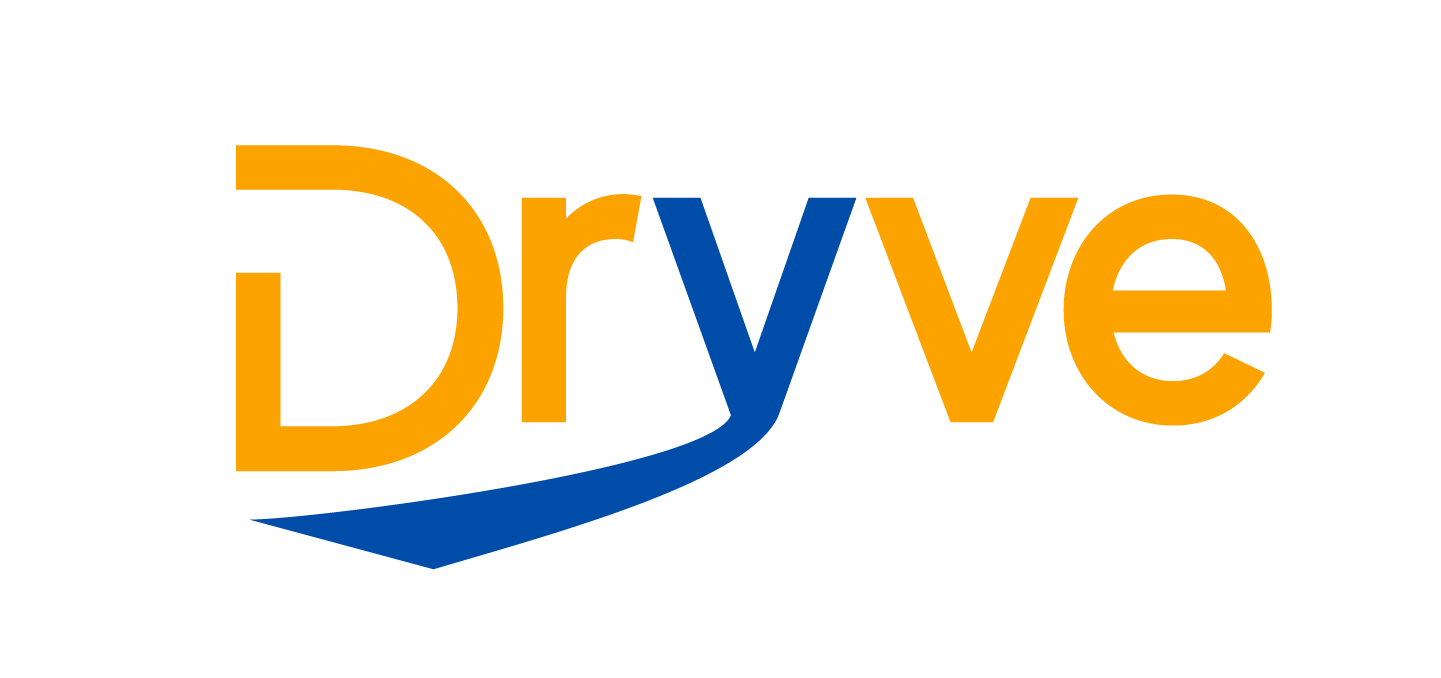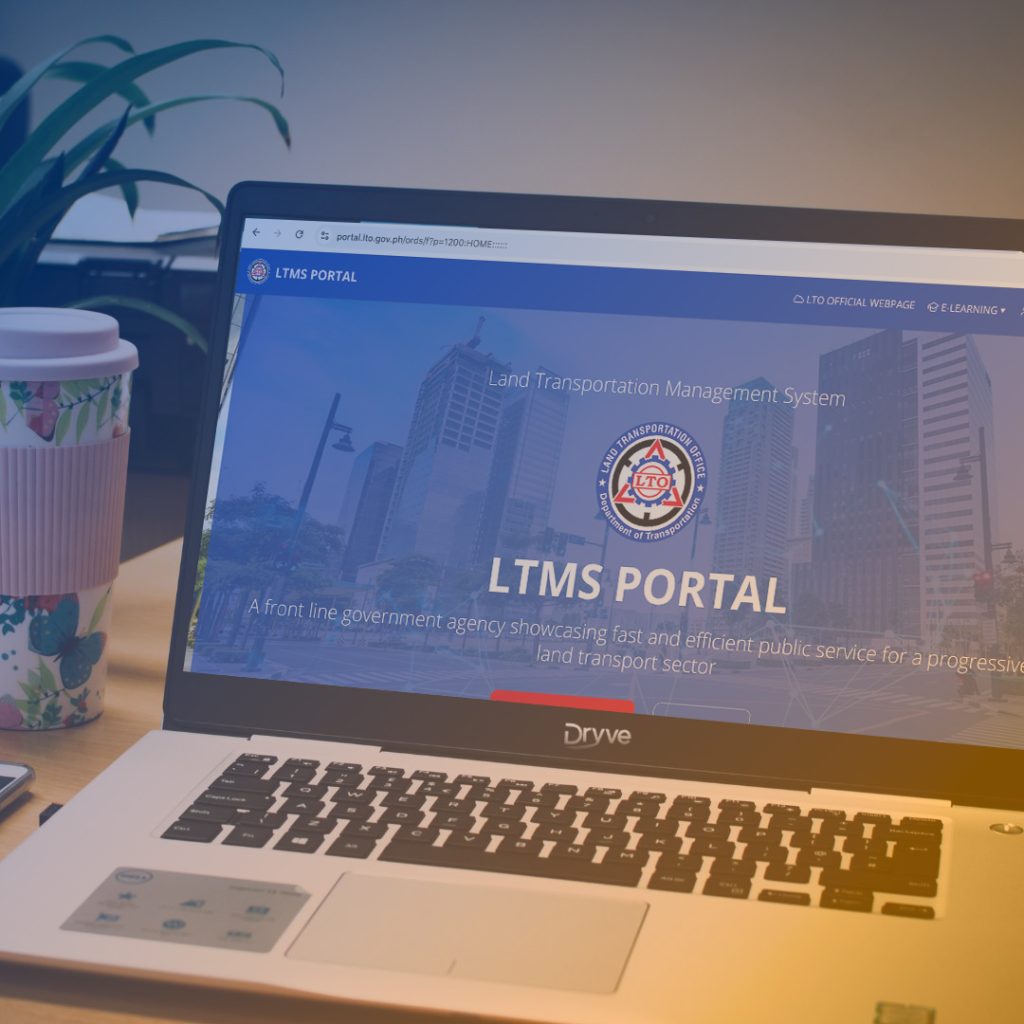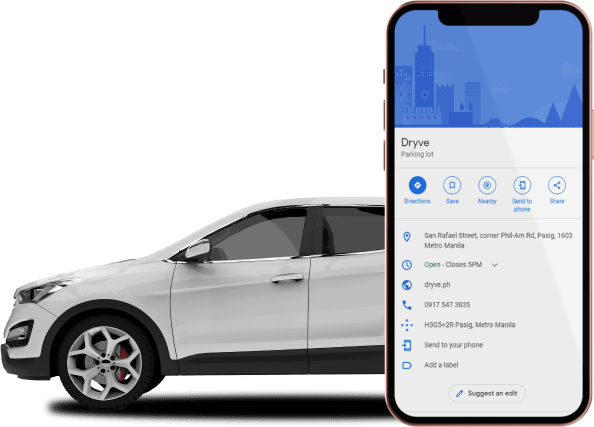Here’s a simplified guide on how to check a vehicle’s LTO records and clearance:
1. Secure a PNP-HPG Clearance
To verify if the vehicle has been involved in any criminal activity such as carnapping or theft, it’s best to obtain a clearance from the Philippine National Police – Highway Patrol Group (PNP-HPG).
Steps:
- Visit the nearest PNP-HPG office
- Present a copy of the OR/CR (Official Receipt & Certificate of Registration) and valid ID
- Fill out a request form and pay the necessary fee
- Wait for the clearance to be processed
This certificate confirms that the vehicle has no active alerts in law enforcement databases.
2. Ask for an LTO MVIS (Motor Vehicle Inspection System) Report
The LTO MVIS provides a more detailed inspection of the car’s mechanical and legal status. While this is commonly used to check roadworthiness and emissions compliance, it can also help verify that the vehicle is in good standing for registration and transfer.
Tip:
Some private inspection centers also issue reports accepted by LTO for transfers and registration.
3. Use the LTO’s Online Portal (Coming Soon)
LTO is gradually launching the Land Transport Management System (LTMS) – a digital portal designed to provide access to personal and vehicle records online. While the feature for checking complete vehicle history is not fully available yet, future updates will make this tool more accessible and user-friendly.
Need Help? Dryve PH Can Assist You
We understand that these steps can feel overwhelming — especially for first-time buyers. If you’re purchasing a repossessed or second-hand vehicle and want peace of mind, Dryve PH offers assistance in checking vehicle records and processing requirements for a minimal service fee.
Final Reminders:
- Always double-check critical documents: OR, CR, Deed of Sale, valid IDs
- Work only with legitimate and trusted sources like Dryve PH
- If possible, bring a trusted mechanic when inspecting the vehicle
Taking time to verify a vehicle’s records helps you avoid legal issues and hidden problems. A little due diligence now can save you from major trouble later on.
Looking for legit, affordable repossessed cars with full assistance in paperwork and ownership transfer? Visit Dryve PH — your reliable partner in repossessed car buying.














